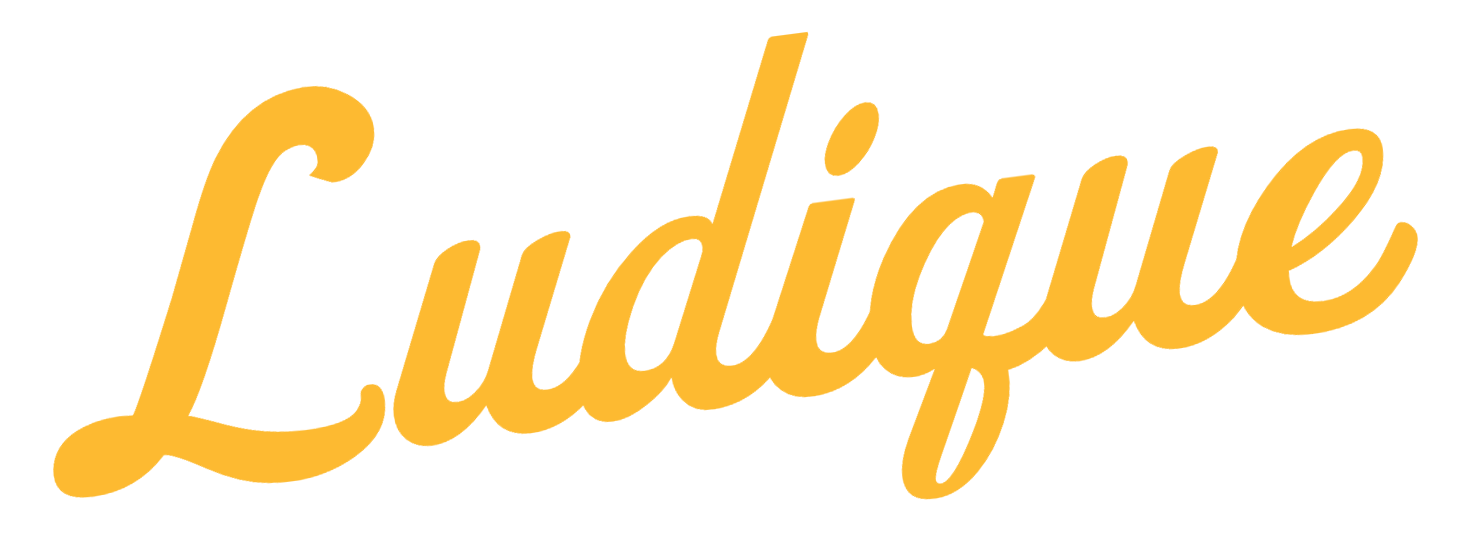Nick Mehedin is Halfway Home
Nick Mehedin is Halfway Home
Who are you?
My name is Nicholas Mehedin and I was born and raised in the very small town of Eldred, New York. I received my BFA in Photography from SUNY New Paltz in 2015.
When did you first get into photography?
I first started making photographs in a digital photography course when I was in 10th grade. I started to receive awards from my images and decided to peruse it at the collegiate level.
What was the process like for arriving at the idea of your thesis?
Difficult to say the least. I shot a lot of 4x5 negatives that weren’t used for anything. I think I had to shoot images that didn’t relate to my thesis in order for me to understand it better.
Why did you title it 'Halfway Home'?
The series is entitled “Halfway Home” because it is a documentation of person and place, specifically my home of Eldred. Eldred is populated with blue-collar men who believe your worth is built by the sweat on your brow. These men perform grueling hours of manual labor in pursuit of the “good life.” But, I believe they are crippled by the post-industrial remnants that surround them. So Halfway Home comes from their perception of what they want their home to be and what their home actually is.
What do you want people to take away from these images?
It is really up to the viewer to decide what they want to take away. I know that personally I’m fascinated with the how images address the convoluted ethos of the American dream and how technology is superseding it. Hard work is no longer rewarded, but rather having the new best app or idea is the road to success.
Any particularly interesting stories behind specific images?
The image of the white building with the red, white, and blue streamers running from the roof, I was drunk when I took that. Handling a 4x5 while your drunk is an interesting experience.
You shot a lot of images for the series. Was it difficult to narrow it down for the show?
Yes and quite possibly the most difficult part. When I was critiquing the images for the show, I saw a majority of them as inspiration shots that led me on to better ones
down the line. But, it was really hard to evoke what I wanted even with the negatives I amassed; I was shot the portraits a month before the opening.
How did it feel to have the work exhibited?
Seeing the work hung and finished was a huge anxiety release. I was really happy with the choices I made and was eager for feedback.
What 4x5 camera did you shoot these images on and why?
I used an Ebony SW45 that was lent to me by a commercial photographer I work for. I’m enamored with the level of detail and color representation that you can get from a 4x5 negative. Also, the process of using a view camera slows you down a great detail and it allowed me to carefully compose my images.
You refer to your process as making photographs. Others often refer to the act as taking photographs. Is there a difference to you?
I think to say “taking a photograph” implies a level of spontaneity or an immediate response that instructs one to photograph, which I think is prevalent with many photographers in the age of iPhone photography and digital cameras. That’s not to dismiss the act, as it is an integral part of contemporary photography. I prefer to say, “making a photograph" because its indicative of the view camera process. It’s not a huge distinction that I emphasize, just a personal preference. Similar to how Gregory Crewdson hates the word “photo."
This series connected to the American dream and I know you are working on another series based around the American flag. Where do you think your fascination of creating work based around American themes comes from?
I think my fascination with American themes stems from being born into a period of technological transition and where I was raised. The people around me identified with the ethos of the American dream, where hard physical work is rewarded. But the ideology has been morphed by Internet and iPhones where success is now achieved through ideas or social buzz. Its something I’m still unpacking, but the American flag series came from the redundancy associated with the contemporary iconography of the American flag. I’m still working on compiling that though.
Were there any photographers who played a role in inspiring these images - whether visually or conceptually?
Yeah, for visual inspiration I looked at a lot of Stephen Shore and Alec Soth. Curran Hatleburg’s work was really beneficial as well. But, Bryan Schumaat’s, Gray The Mountain Sends, was the biggest piece of inspiration for me.
If you were given a grant to continue this project in any manner you desired, how would you proceed next?
I would most definitely head to down south. I have only been to New Orleans, but it was an amazing experience photographically and I think there would be a lot of people that follow the same American dream ethos of my hometown.
What do you think you learned from making this body of work that you’ll bring into future projects?
It taught me how to create a series or project and be very critical about it and what kind of questions to ask myself during its development. I think now I’m much more aware of the effects images have with one another rather than on their own.
Interview by Jack Sommer











